Internal Error Please Wait 10 Minutes and Try Again Flush Dns
Past default, nearly operating systems volition cache IP addresses and other Domain Proper noun System (DNS) records in order to fulfill future requests more than quickly. For example, when I blazon in https://lonezscents.com/ in my browser's accost bar for the start fourth dimension, the browser has to ask DNS servers where to find the site. Once information technology has that information, the browser can store it in its local cache. Then, the next fourth dimension I type in that website address, the browser will await for its DNS data in the local cache offset and be able to find the site more speedily. The problem is that sometimes dangerous IP addresses or corrupted results can be cached and demand to be removed. The DNS enshroud can also affect your ability to connect to the net or cause other issues. Whatever the reason, all major operating systems allow yous to force the process of immigration this cache — or "flushing DNS." In this post, we'll embrace everything you need to know, including: Flushing DNS will articulate any IP addresses or other DNS records from your cache. This can help resolve security, internet connectivity, and other issues. It's important to understand that your DNS cache will clear itself out from time to time without your intervention. That's considering the DNS cache — in add-on to saving all data that's relevant to identifying and finding a website — also saves a component called TTL, or time to live. This specifies a period of time (in seconds) in which the DNS record for a site remains valid. Inside this time flow, any queries to the website are answered from the local cache without the help of the DNS server. Once the TTL expires, the entry will be removed from the cache. Withal, in that location are reasons you may need to force a DNS affluent rather than expect for the TTL of all the entries to expire. Let'south have a look at why below. In that location's a few reasons you might need to flush your DNS cache. These reasons may take to do with security, technical problems, or data privacy. Let's briefly embrace each 1 below. DNS spoofing — besides known every bit DNS cache poisoning — is an attack in which bad actors gain access to your DNS cache and modify the information in order to redirect yous to the wrong sites. In some cases, they will redirect you to a fraudulent website that resembles its intended destination and then that you enter in sensitive data, like your online banking login data. Permit's say you've cached the DNS information of a site that's since moved to a new domain name or host. In that case, the DNS data on your reckoner may not get updated right away and you lot could end upwardly seeing a 404 error or an outdated version of a site when you endeavor to visit. Although the information will eventually get updated in your DNS cache, you don't accept to look. Y'all tin can clear DNS enshroud at whatsoever time. If you're having trouble getting a website to load, so you should attempt other steps first, like clearing your browser'due south temporary files and cookies and adjusting your browser settings to plough off pop-upward blockers and permit sites to salve and read cookies. Simply if you've wearied your options, then you lot can flush DNS to reset your calculator's connection to the net. When you think of tracking user beliefs on the internet, you probably think of cookies — simply the DNS cache can reveal your search history as well. That'due south considering the DNS cache is designed to act like a virtual address volume, storing the information of the websites you visit regularly. To keep this data away from information collectors or bad actors on the spider web, it's a proficient idea to regularly flush your DNS cache. At present that we empathise what flushing your DNS cache means and why y'all'd want to, permit'south walk through how yous can do it below. The process for flushing DNS varies depending on your computer's operating organization. Let's get over the process for the major systems beneath. Here's the processing for flushing your DNS cache on Windows ten. These steps should also work for Windows 8.one 1. Click the Commencement push button. Information technology'southward the Windows logo in the lesser left corner. 2. Select Command Prompt. Paradigm Source iii. To open up the command prompt console, y'all could also only press the Windows and R keys at the aforementioned time and enter cmd. 4. You lot may see a popup asking if you lot desire to let Control Prompt to make changes to your figurer. If y'all do, select Yes. 5. If you are asked for an authoritative login at this bespeak, and then you'll need to contact your system ambassador to go on. six. In the command prompt window, type ipconfig /flushdns. Image Source 7. Press Enter. 8. You should see a message confirming that the DNS Resolver Cache was successfully flushed. The process for flushing your DNS enshroud on Window 7 is nearly identical to that of later on versions. 1. Click the Start button. It's the Windows logo in the bottom left corner. 2. Click All Programs > Accessories. iii. Find Command Prompt. Right-click information technology, and choose Run as administrator. Image Source four. You may encounter a popup request if you desire to permit Command Prompt to make changes to your computer. If you do, select Yes. Image Source 5. If you are asked for an authoritative login at this bespeak, then you lot'll need to contact your system administrator to keep. 6. In the command prompt window, type ipconfig /flushdns. 7. Press Enter. 8. You should see a bulletin confirming that the DNS Resolver Cache was successfully flushed. The procedure for flushing your DNS cache on Windows XP and Vista is near identical to that of Windows seven. Nevertheless, the message at the end varies and may require admin intervention. 1. Click the Offset push. It's the Windows logo in the bottom left corner. 2. Click All Programs > Accessories. 3. Select Command Prompt. iv. In the control prompt window, type ipconfig /flushdns. 5. Press Enter. six. You should see a message confirming that the DNS Resolver Cache was successfully flushed. If you lot receive a message that says "Activeness Requires Elevation" instead, and then you demand to contact the admin of your computer to complete the steps above. The procedure for flushing your DNS enshroud on a Mac computer is similar, no matter what software version it's running. But yous will demand to know what version for stride 6 since the command prompt varies. 1. Open Finder. two. Click Applications. 3. Scroll down to the Utilities binder and click it. 4. Open Terminal. v. To open up Terminal, you could also only open Launchpad and type in "Last" in the search bar. half dozen. In the Terminal window, blazon in the i of the following commands based on your software version: vii. Enter your password and press Enter again. 8. Y'all should see a message confirming that the DNS enshroud has been reset. Note: The screenshots in this section are my ain. Google Chrome is not an operating system of course, but it does keep a DNS cache of its own. This is separate from your operating system'southward enshroud and from Chrome's browser cache. If Chrome is set as your default web browser, then you'll need to articulate Chrome'south DNS cache equally well equally your operating arrangement's DNS enshroud. Here's the process. one. Type in the following address into your browser'due south address bar: chrome://net-internals/#dns two. Click the Articulate host cache push button. Annotation: The screenshot in this section is my ain. Different Windows and Mac computers, Linux systems don't have a DNS cache past default. Notwithstanding, each distribution might use a unlike DNS service to store DNS records locally. Depending on the service, you tin either clear the cache or restart the service. 1. Press Ctrl+Alt+T on your keyboard to launch a terminal window. Image Source 2. In the Concluding window, type in the one of the following commands based on the service your Linux arrangement is running. iii. You may be asked to enter your password. iv. The service might cease, so start again before sending a confirmation message that the cache was successfully reset. There's a lot of reasons to regularly affluent your DNS cache. It can help prevent phishing schemes or other attacks on your computer, direct you to the most upwardly-to-date versions of your most ofttimes visited sites, restore your cyberspace connection, and go on your data private. The best part is how easy the process is. Post-obit the steps above can help you perform a DNS flush rapidly and easily, no affair what operating system your figurer has. That way, you lot can move onto your other website development tasks. 
What does flush DNS do?
Why would yous flush DNS?
1. You want to preclude DNS spoofing.
2. You're seeing a 404 error.
iii. You're having trouble accessing a website.
4. You desire to keep your search behavior private.
How to Flush DNS
How to Flush DNS Windows 10
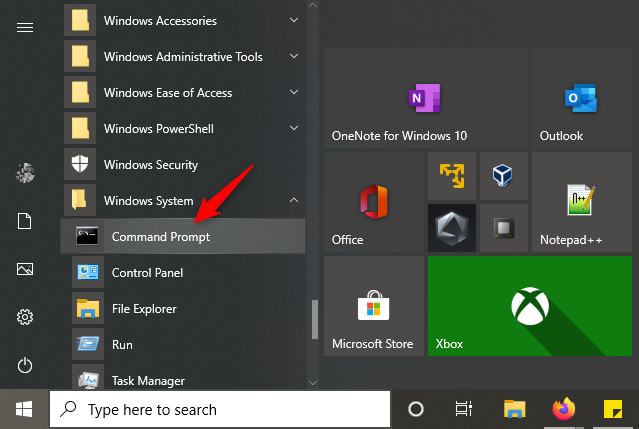
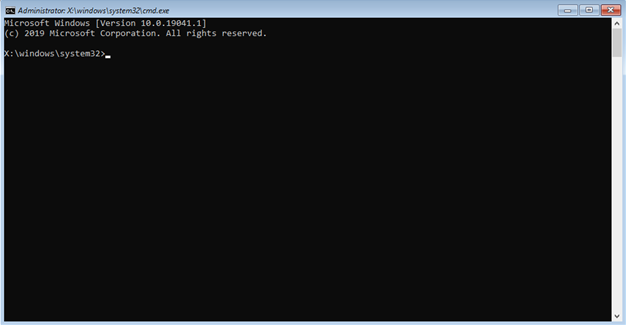
How to Affluent DNS Windows 7
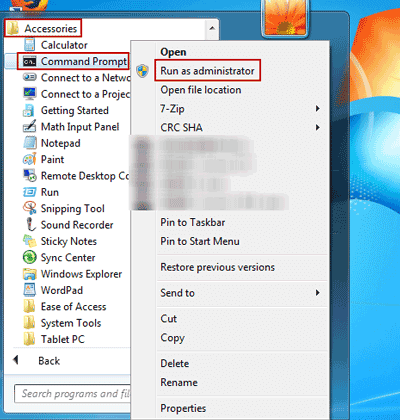
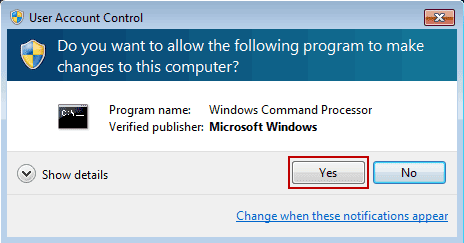
How to Flush DNS Windows XP and Vista
How to Flush DNS Mac OS 10
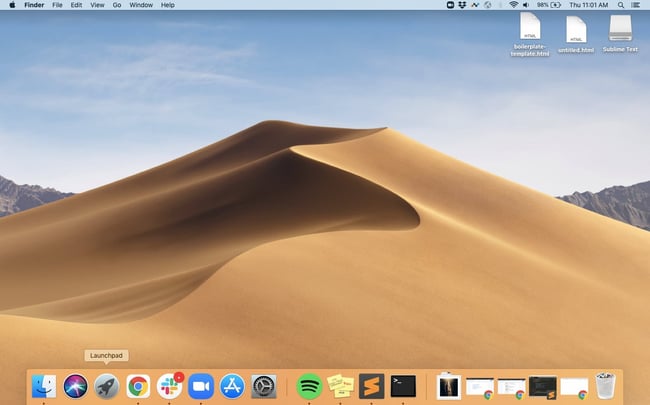

How to Flush DNS Google Chrome

How to Affluent DNS Linux

Flushing Your DNS Enshroud

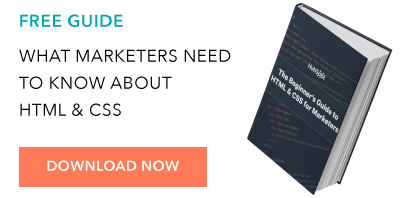
Originally published Feb 19, 2022 7:00:00 AM, updated December 03 2021
Source: https://blog.hubspot.com/website/flush-dns
0 Response to "Internal Error Please Wait 10 Minutes and Try Again Flush Dns"
Postar um comentário